Archives
- 2025-12
- 2025-11
- 2025-10
- 2025-09
- 2025-03
- 2025-02
- 2025-01
- 2024-12
- 2024-11
- 2024-10
- 2024-09
- 2024-08
- 2024-07
- 2024-06
- 2024-05
- 2024-04
- 2024-03
- 2024-02
- 2024-01
- 2023-12
- 2023-11
- 2023-10
- 2023-09
- 2023-08
- 2023-07
- 2023-06
- 2023-05
- 2023-04
- 2023-03
- 2023-02
- 2023-01
- 2022-12
- 2022-11
- 2022-10
- 2022-09
- 2022-08
- 2022-07
- 2022-06
- 2022-05
- 2022-04
- 2022-03
- 2022-02
- 2022-01
- 2021-12
- 2021-11
- 2021-10
- 2021-09
- 2021-08
- 2021-07
- 2021-06
- 2021-05
- 2021-04
- 2021-03
- 2021-02
- 2021-01
- 2020-12
- 2020-11
- 2020-10
- 2020-09
- 2020-08
- 2020-07
- 2020-06
- 2020-05
- 2020-04
- 2020-03
- 2020-02
- 2020-01
- 2019-12
- 2019-11
- 2019-10
- 2019-09
- 2019-08
- 2019-07
- 2018-07
-
Introduction DHFR is an important enzyme in both mammals and
2019-10-11
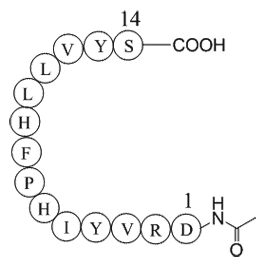
Introduction DHFR is an important enzyme in both mammals and microorganism including Mycobacterium tuberculosis (Mtb). It catalyzes folic Chymostatin conversion to dihydro and tetrahydro folic acid which is a crucial step in folate pathway [1]. Inhibition of folate pathway leads to interruption of
-
Dgat mice however had less adipose tissue as reflected
2019-10-11
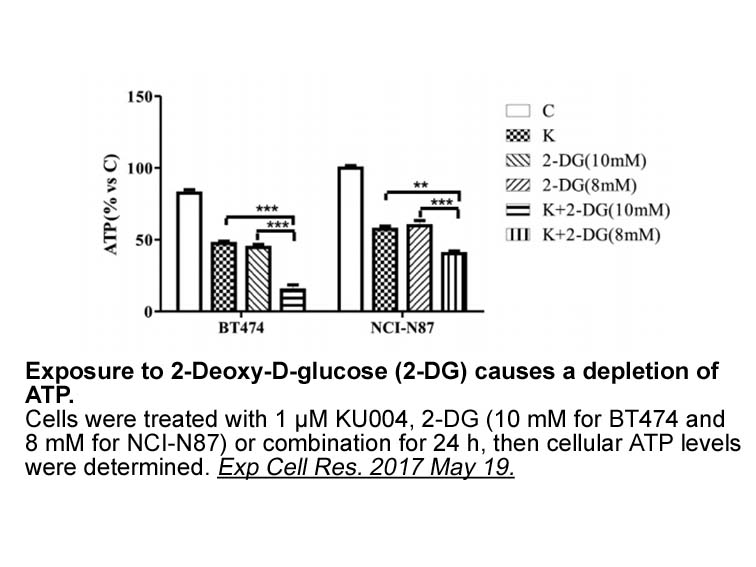
Dgat−/− mice, however, had less adipose tissue, as reflected by lower total fat pad weights and body triglyceride content. Because of these findings, we hypothesized that, although Dgat−/− mice could make triglycerides through non-DGAT pathway(s), their triglyceride synthesis capacity might not be e
-
Some studies have been conducted on the activities http
2019-10-11
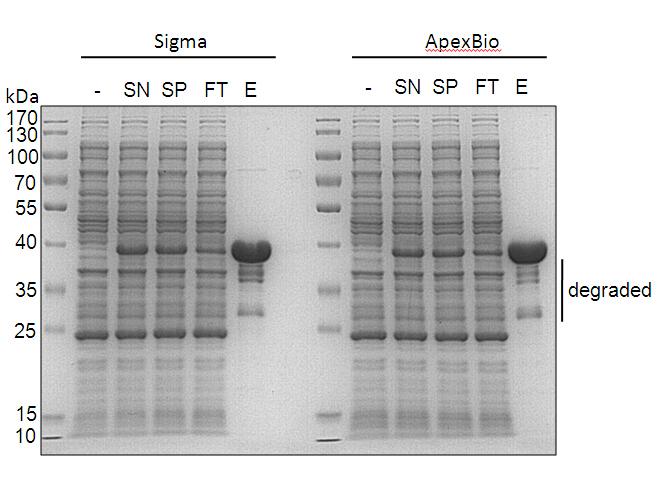
Some studies have been conducted on the activities of CYP450 [[28], [29], [30], [31]]. For example, Chen et al. reported that low-dose aspirin induced the in vivo activity of CYP2C19 in healthy subjects [30], Krasniqi et al. reported that CYP2C8*3 and CYP2C9*2*3 variants correlated with ibuprofen-in
-
CDK S phosphorylation status influences the differential
2019-10-11
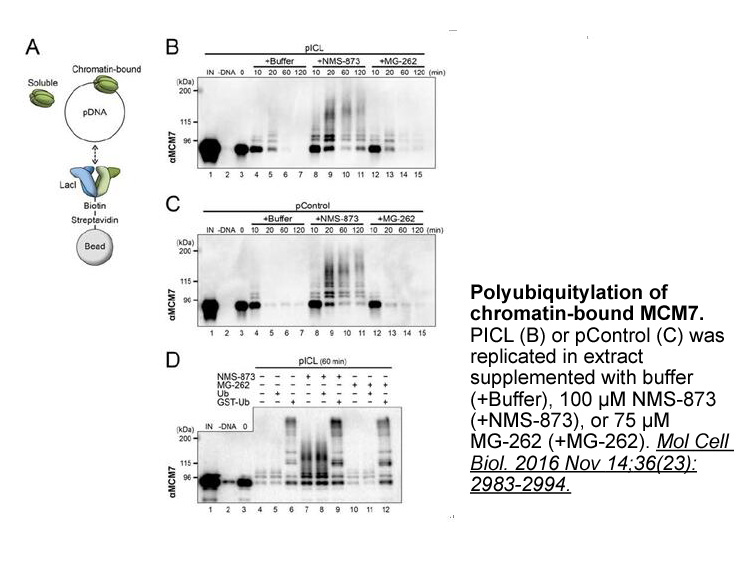
CDK5-S47 phosphorylation status influences the differential cellular proliferation versus migration response: Previous work from our laboratory has shown CDK5 to be a critical determinant of the cellular proliferation-migration dichotomy whereby CDK5 activation downstream of stimulated epidermal gro
-
However the Moon is not the only possible source for
2019-10-11
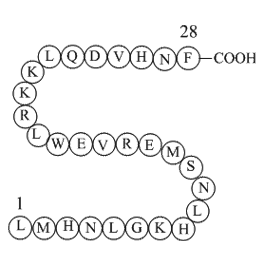
However, the Moon is not the only possible source for space resources. Asteroids, in particular near-Earth asteroids (NEAs), can provide an alternative source for propellant and other materials, sometimes at lower cost. There are an expected 4000 NEAs that require less propellant (delta-V) per trip
-
It is of interest to point out
2019-10-11
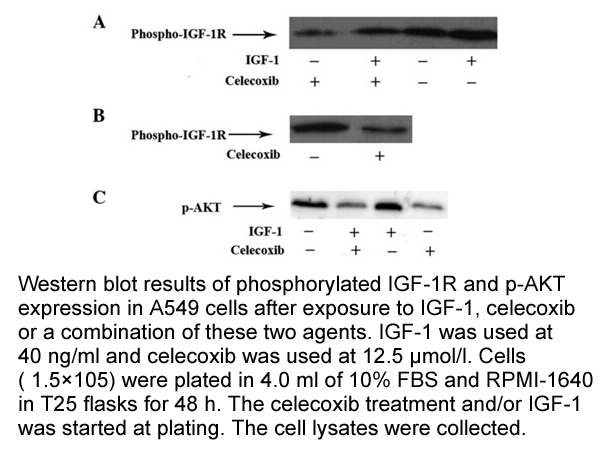
It is of interest to point out that curcumin in this study reduced body weight gain; the underlying mechanism may be due to a decrease in general ddhC clinical of fat, which was associated with a significantly reduced NPC1L1 expression in small intestine. Labonte et al revealed that NPC1L1 deficien
-
Although DAPK has been implicated in neuronal death in ische
2019-10-10

Although DAPK has been implicated in neuronal death in ischemic stroke and neurodegenerative diseases, such as Alzheimer’s disease (Shamloo et al., 2005, Duan et al., 2013), the mechanisms about how DAPK regulates cell death are still elusive. In the present study, we investigated the signal transdu
-
In order to gain further insights into the role
2019-10-10
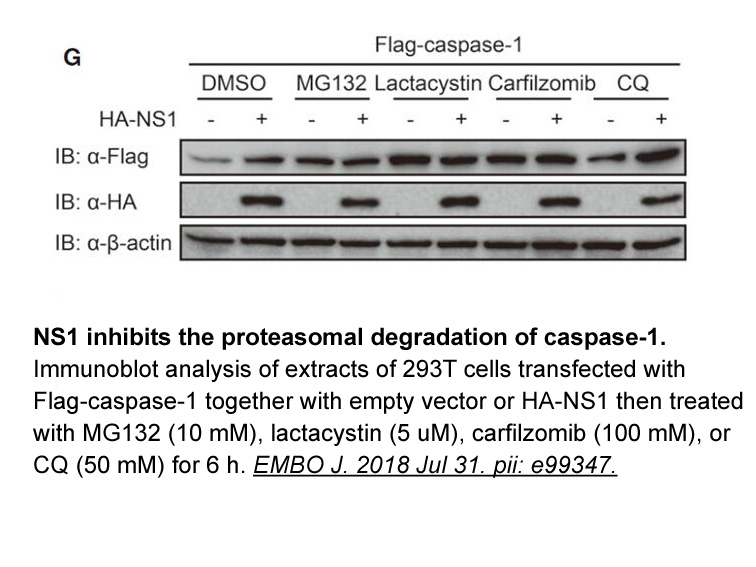
In order to gain further insights into the role of peptidases in B. xylophilus, four cysteine proteases highly secreted by B. xylophilus (Cardoso et al., 2016) were selected four further characterisation. Materials and methods Results and discussion Structural prediction and analysis The i
-
Acknowledgements This work was supported in part
2019-10-10
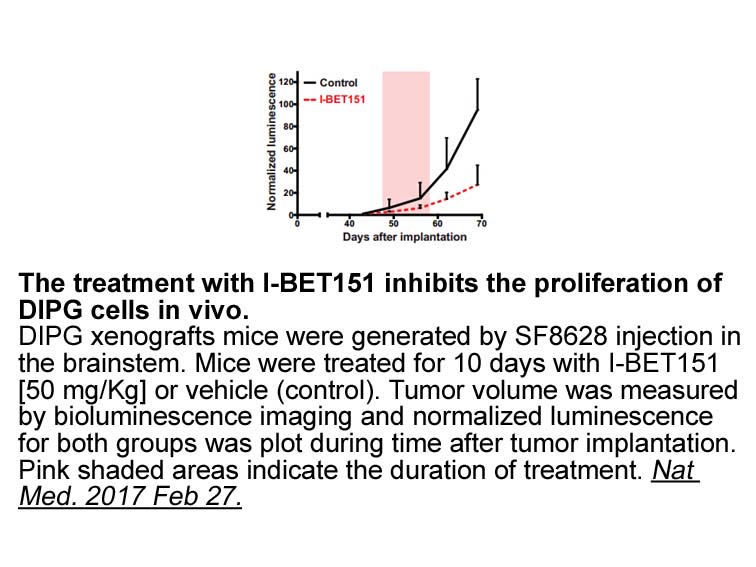
Acknowledgements This work was supported in part by a Scholarship Fund for Young Researchers by the Promotion and Mutual Aid Corporation for Private (2017 to S.K.), research grant from Japan Rett Syndrome Support Organization (2018 to S.K.), and MEXT-Supported Program for the Strategic Research Fou
-
br The LSCP model and its
2019-10-10
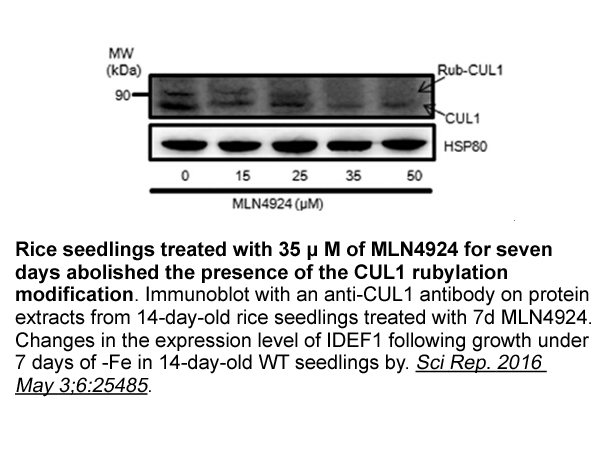
The LSCP model and its properties In this section, we first introduce the LSCP model in Section 2.1. Some examples of the model are presented in Section 2.2 and basic properties of the model are presented in Section 2.3. Finally, Section 2.4 introduces finite dimensional approximations necessary
-
The proposed FDIR technique is presented in the following fo
2019-10-10

The proposed FDIR technique is presented in the following format: Section 2 contains a survey of typical orbits of interest with regard to the GW311616 hydrochloride environment found in them, which is contrasted with a LEO orbit. Additionally, how the requirements for the satellite system can be es
-
br Materials and methods br
2019-10-10
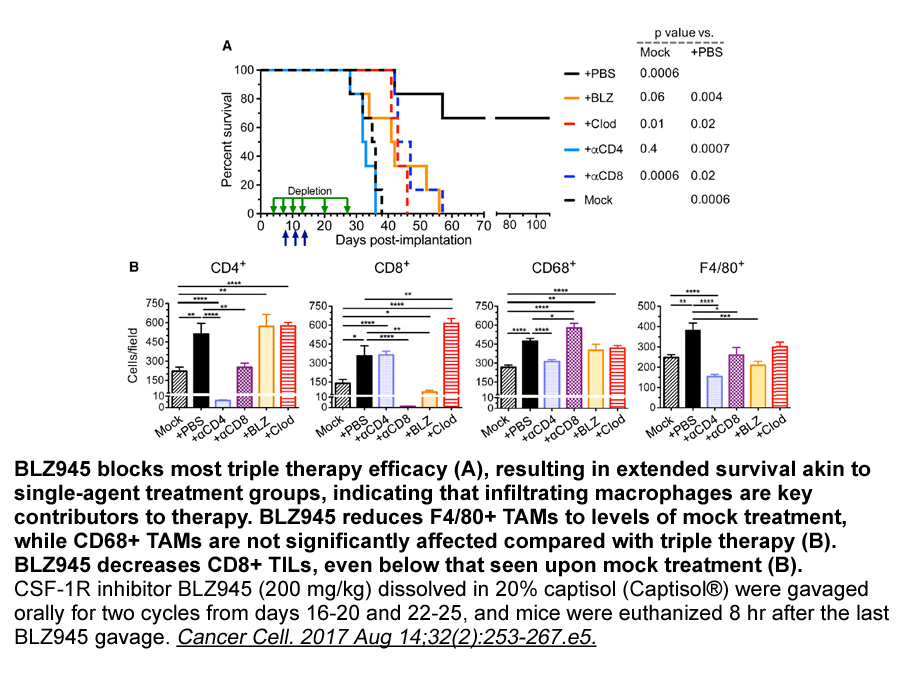
Materials and methods Results Discussion Neointimal VSMC accumulation contributes considerably to vessel occlusion observed in both autologous vein graft degeneration [1], [2] and in-stent restenosis [26], [27]. In this study, the potential for retarding VSMC proliferation and hence amelior
-
br Conflict of interest br Acknowledgements This
2019-10-10
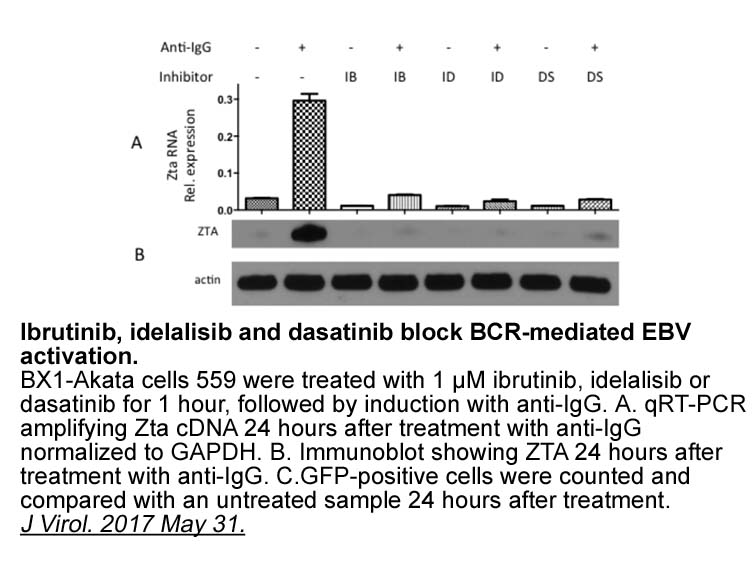
Conflict of interest Acknowledgements This study was supported by the National Natural Science Foundation of China (No.31571839), the Chinese Ministry Program for New Century Excellent Talents in University (NCET-12-0865), and Special Fund for Agro-scientific Research in the Public Interest (N
-
Recently pharmacological studies have revealed that natural
2019-10-10
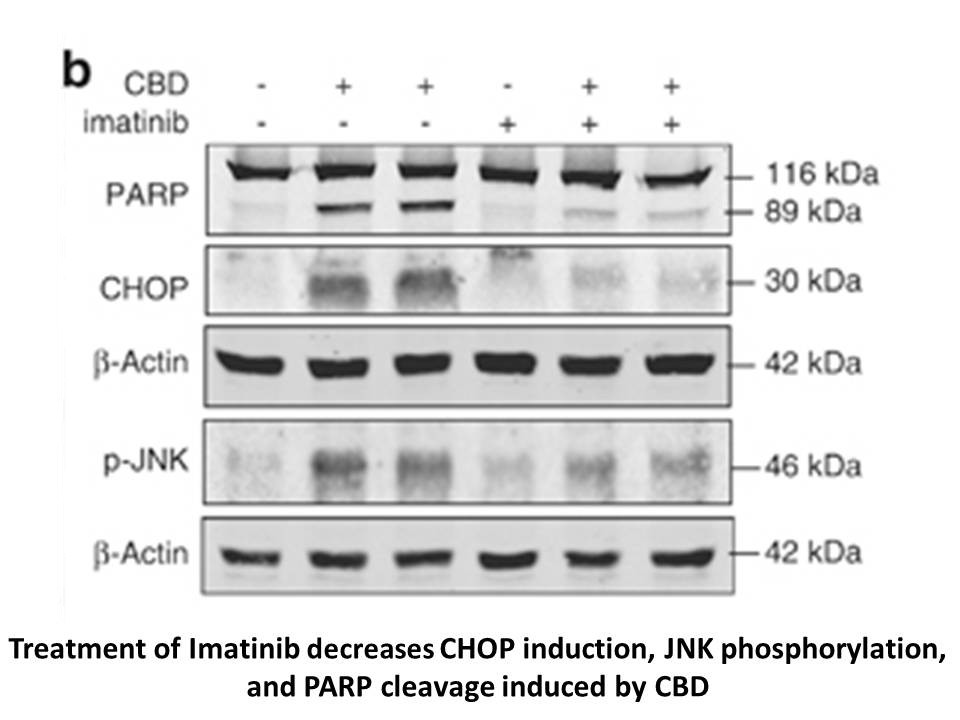
Recently, pharmacological studies have revealed that natural compounds achieve increasing attention due to its high therapeutic effectiveness and low adverse effect, compared with the chemically synthesized compounds. Emodin is a kind of natural anthraquinone derivative enriched in traditional Chine
-
As expected the nortestosterone derived progestins
2019-10-10
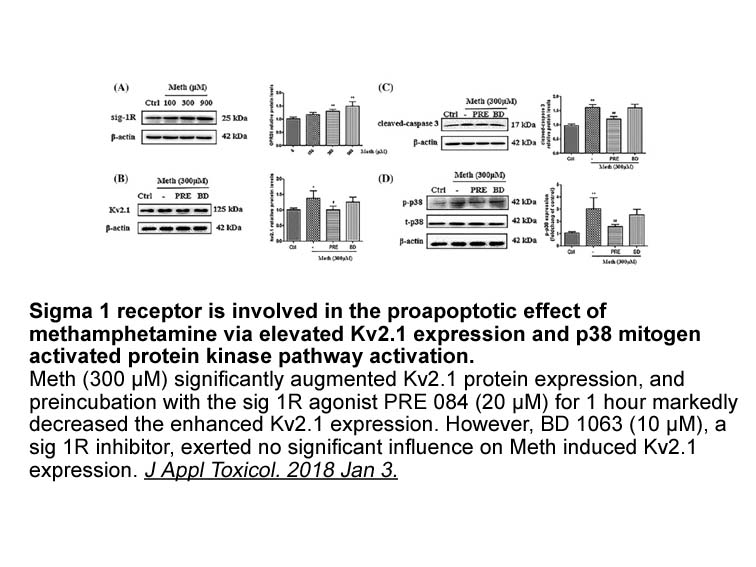
As expected, the 19-nortestosterone-derived progestins tested were moderate agonists of hAR (C), with EC50s ranging from 2 to 10nM, however all were less potent than the endogenous ligand DHT by at least a factor of 6, with relative potencies ranging from 0.0301 to 0.164. This is in agreement with p
14827 records 949/989 page Previous Next First page 上5页 946947948949950 下5页 Last page